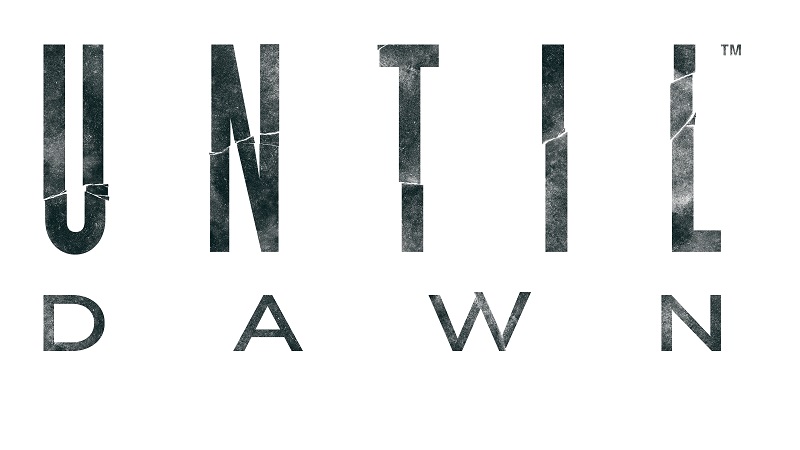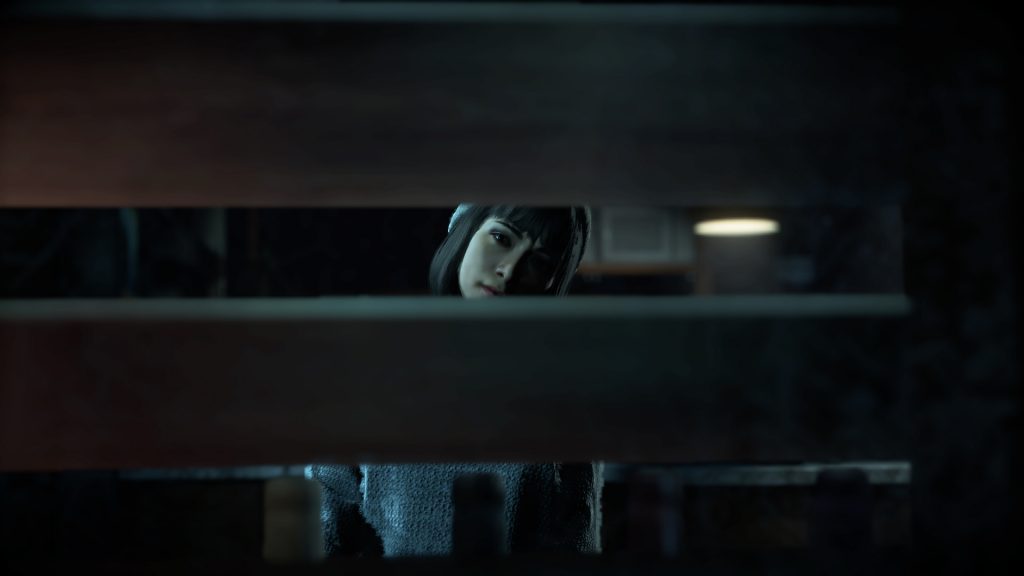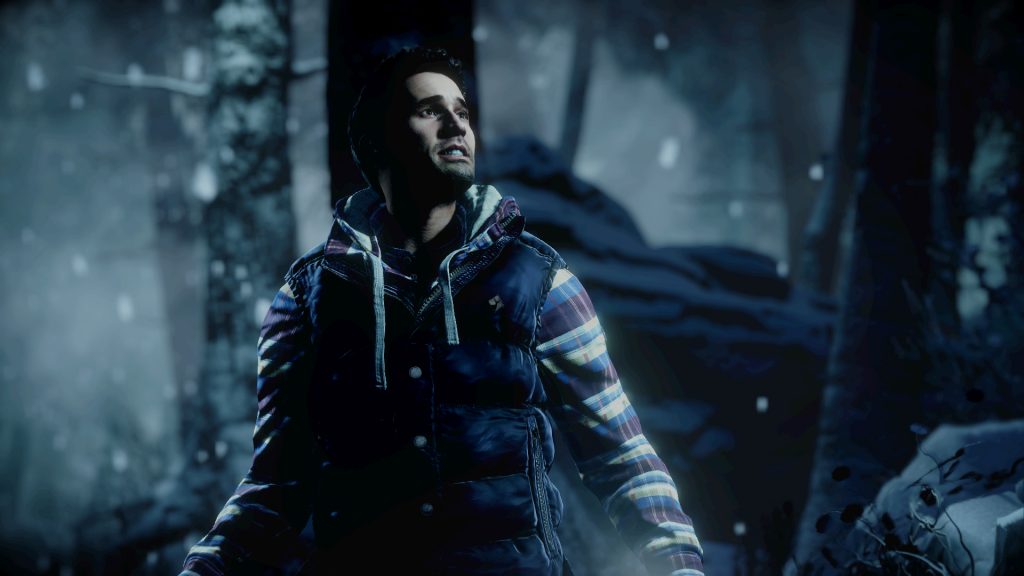Game developers have been trying for years to make “interactive movies” that take full advantage of the perspectives, choices and slower pace offered by the gaming medium. Recent efforts have included Heavy Rain, Murdered: Soul Suspect, Life Is Strange and Beyond: Two Souls.
Those games all involved splintered narratives – the idea that the actions of the player could cause the plot to fork at certain points and lead to myriad final outcomes. Naturally, some of these games rubbed up against technical limitations, while others didn’t work out because their creators were too wrapped up in themselves and their “creative visions” to do anything but offer players illusory control over a narrative that plays out pretty much as they intended.
Others just plain sucked; we’re looking at you, Murdered: Soul Suspect.
While a few have been pretty good – Heavy Rain stands out – for the most part those games have been quite rigid, offering no sense of significant impact on the story’s overall narrative. Until Dawn looks like it may change this.
Until Dawn is a less a game than it’s an interactive story in the truest sense, and while its horrific themes and jump scares may not be for everyone, it looks like it may propel the art of interactive storytelling to new heights.
Until Dawn is the game equivalent of a teen/slasher/horror flick starring a large cast of familiar archetypal characters, played by a great mix of known and unknown Hollywood talent.
I’m not allowed to give away too much, so I’ll just say this about the setting: the events of the game take place in a remote cabin in the woods in North America somewhere during the height of winter, and stars a group of eight friends who’re there for the weekend to commemorate something awful that happened exactly a year previously.
And while that “something awful” was pretty bad, it has nothing on what’s about to happen to them…
Building tension
Like a good movie, Until Dawn starts off slowly, introducing characters and events in a leisurely fashion, and generally taking its time setting the scene. It even throws in a few harmless scares at the beginning, when the stakes are non-existent, to give players a taste of what’s to come.
As the tension ramps up the jump-scares get even bigger, and they start to occur in places you won’t even expect them. The result is almost literally pant-soilingly good… if you like that sort of thing, that is.
As more of the story unfolds and players make their way through the game’s various chapters, choices abound. They start off simple, like do you fan the flames of an argument or do you make peace, and progress to things that are far more meaningful. Do you run, or do you hide? Do you grab a gun or give chase unarmed?
The player’s choices influence a mechanic called the “Butterfly Effect”, which can and does affect events further downstream in the story, but there’s no way of knowing how, exactly.
‘This doesn’t sound particularly new or revolutionary,’ I hear you saying, and you’d be right. Where Until Dawn is different, is that each choice, each activation of the “butterfly effect”, changes the narrative in ways that range from very subtle, to highly dramatic, that have large impacts on the resulting story.
I was told it’s possible for every character in the game to die, or be saved, and it’s all down to how you guide them through the 12 or so hours you’ll have until dawn, meaning every play-through could be – and probably will be – vastly different according to your actions.
A sinister analyst
Disturbingly, between each chapter you, playing as an unidentified character, talk to some sort of doctor played by Peter Stormare (of Armageddon, Fargo and Prison Break fame). He asks you creepy questions like what you fear the most, which characters you like the most and who, of a pair of characters, you dislike, which I assume the game then weaves into the subsequent narrative.
He encourages the character to be honest, but he’s really talking to you, so that you have the best possible experience of the game. And by best, he means “scariest”.
And boy, did it work. Presumably as a result of my honesty, I experienced one particular scare involving a small version of a much larger animal – which I’d told him I was afraid of – that I won’t be forgetting in a hurry. And neither will my pants.
Chase me
In my time with the preview, I went through several heart-pounding sequences that offered me choice after choice, including quick-time events which also affected outcomes based on my success or failure.
Hitting the right buttons every time was tough as my heart was in my throat half the time, my hands were sweating and I was rather taken in by the crushing atmosphere. I wasn’t quite as accurate as I’d have liked, leading to some stumbles and poor choices that I’d really like to rectify.
Unfortunately, it’s not easy to go back and re-try sequences to see how different choices affect the outcome. The game has been deliberately designed to force you into replaying it over and over again, because apparently you won’t actually find out exactly what happened to the hapless protagonists from a single playthrough. You also can’t “game” the system by saving your game before making choices in case you do something you later regret.
You must simply replay everything, a process which the game’s Wikipedia stub says should take about 9 hours. Still, if you’re one of the people who paid for The Order: 1886’s static (and dull) sub-six-hour story, you’ll be ecstatic at the very idea of replayability that’s on offer here.
It’s clever, from a narrative standpoint, but it may annoy some gamers who don’t necessarily want to go through all the exposition time and time again to get to the good bits.
Personally, I didn’t mind. In the three hours or so I spent with Until Dawn’s preview code, I found I wanted to see what happened next because the story hooked me in right from the get-go, helped along by incredible graphics, a movie-quality score and exceptional performances from all the actors involved. All of these ingredients come together on-screen in a professional, polished manner that other interactive story-driven games have just not managed to capture.
The preview code ended on a rather intense cliffhanger, and I honestly can’t wait for the full game to be released as I need to see what else is in store for Until Dawn’s poor, unfortunate heroes.
Say cheese
If you have a PlayStation camera, you’ll finally get some use out of it. My favourite bit of the whole preview experience was that the game captured footage of me at the exact moments I jumped in fright and saved it for me to watch later. Every major scare is carefully recorded in this way, and it’s hilarious watching yourself (figuratively) soiling your pants.
This is an interactive story I can’t wait to see more of, and fortunately there’s not long to wait: Until Dawn is out on the 26th of August, 2015. Prepare yourselves. You’ve been warned.




